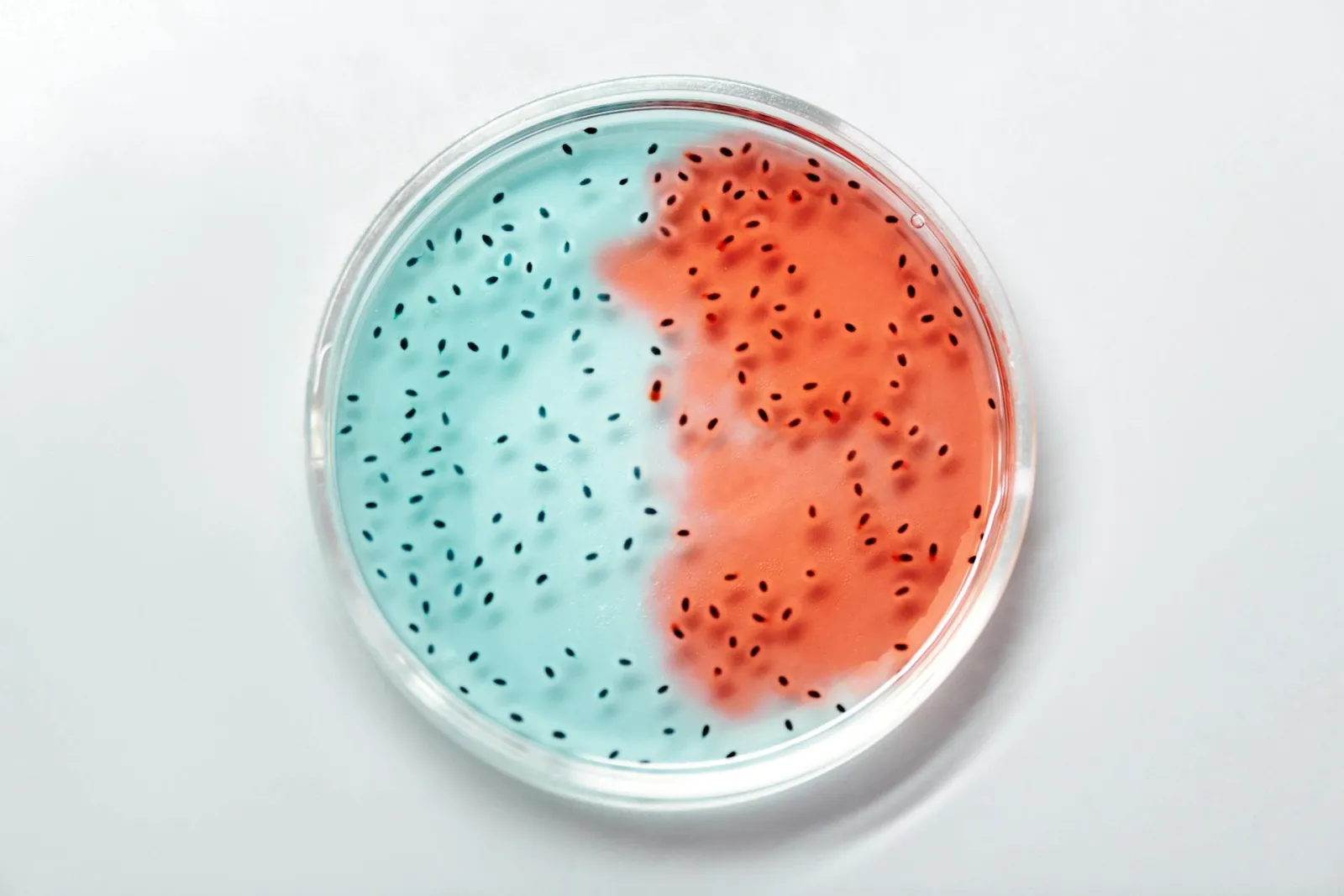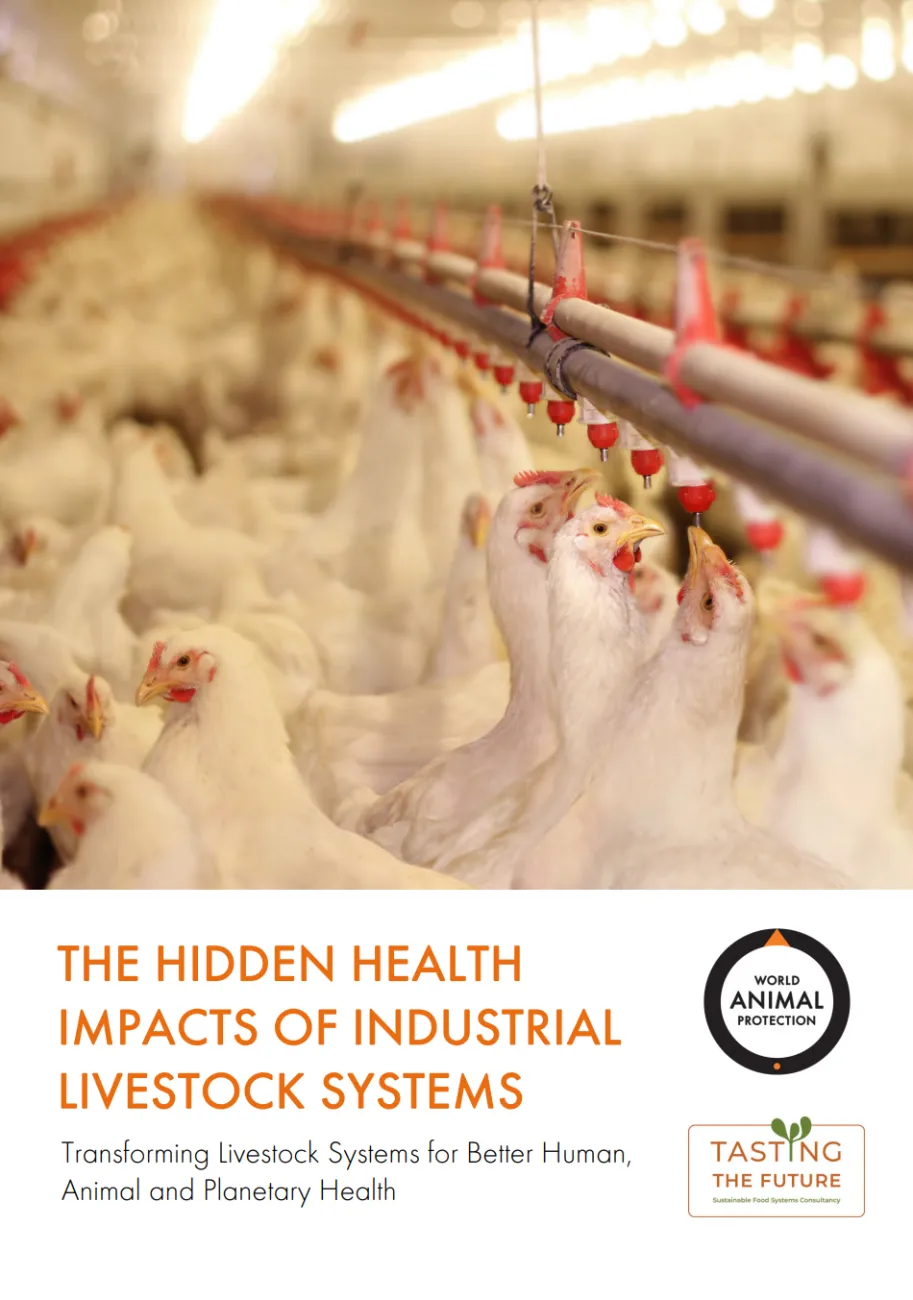This research synthesises evidence from 80 studies, highlighting how AMR emergence and spread within food systems is driven by a complex interplay of factors across human, animal, and environmental reservoirs (e.g., water, soil), with impacts for disease burden in humans, animals and crops and financial viability of farming. This review underscores the need for a One Health approach to AMR mitigation.
Abstract
Introduction
Human food systems are a major driver of antimicrobial resistance (AMR), with significant implications for human, animal, and ecosystem health. While recent research frames AMR as an emerging property of a complex system, this perspective has not been systematically applied to the existing evidence. This review aims to synthesise the evidence on AMR and the food system from a complex systems perspective, highlighting the interconnections between factors that contribute to AMR emergence and spread.
Materials and methods
An umbrella review methodology was used to identify relevant studies. We searched Medline, SCOPUS, Agricola, and Dimensions using terms related to AMR and the food system. Systematic reviews at this intersection containing evidence of at least one relationship between two variables were included. Data were extracted and summarised according to umbrella review guidelines, and a causal loop diagram (CLD) was developed to map the interrelationships between food system factors and AMR.
Results
Our synthesis incorporated evidence from 80 studies, highlighting how AMR emergence and spread within food systems is driven by a complex interplay of factors across human, animal, and environmental reservoirs (e.g., water, soil), with impacts for disease burden in humans, animals and crops and financial viability of farming. The tensions driving antimicrobial use (AMU) in livestock, a key driver of AMR, were underlined, with trade-offs between disease treatment, animal welfare, and economic outcomes. Feedback loops between humans, animals, and the environment were identified, with antimicrobials and AMR spreading between multiple reservoirs.
Conclusions
This review underscores the need for a One Health approach to AMR mitigation, given the interconnections between human, animal, and ecosystem health. Findings highlight the trade-offs in AMU and the economic incentives that may conflict with global antimicrobial stewardship. Further research may empirically explore connections to upstream factors, such as consumer preferences and environmental determinants.
References
Chloe Clifford Astbury, Catherine Hu, Krishihan Sivapragasam, Arabi Rajan, Mandy Geise, Cécile Aenishaenslin, Arne Ruckert, Kathleen Chelsea Togño, Mary Wiktorowicz, Tarra L. Penney, Interconnections between the food system and antimicrobial resistance: A systems-informed umbrella review from a One Health perspective, One Health, Volume 21,
2025, 101143, ISSN 2352-7714,




Comments (0)